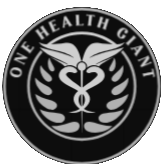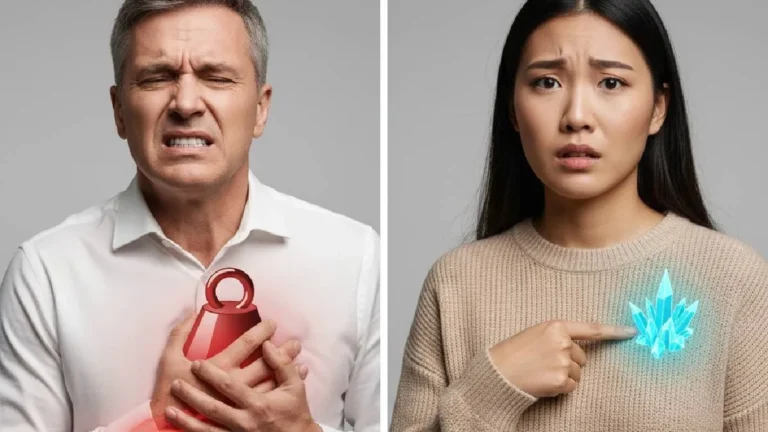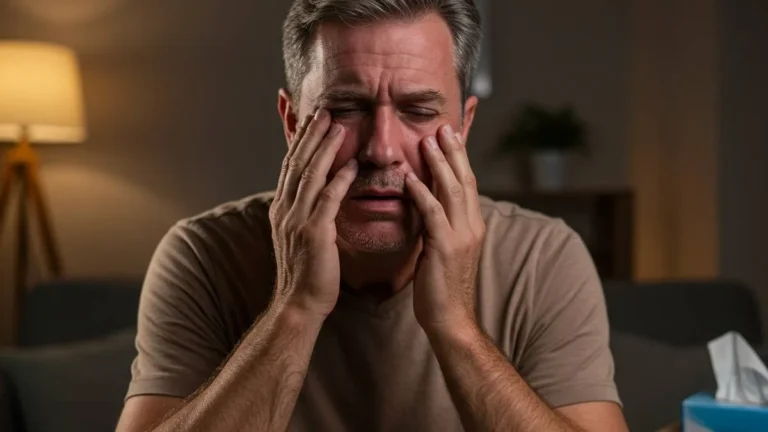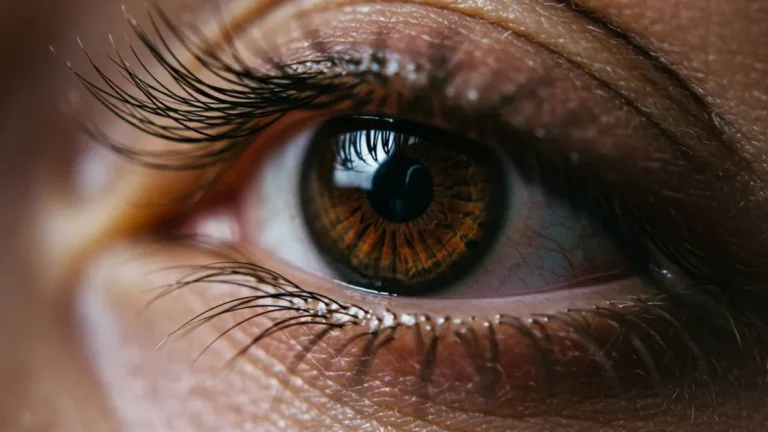A neck contracture, or cervical contracture, occurs when the muscles in this area of the body tense and contract involuntarily and continuously.
As a result, various symptoms appear that, if not treated in time, can lead to more severe discomfort.
This is because the muscle contracture compresses the blood vessels that supply blood to the muscle. Without optimal blood flow, the muscle can’t recover properly, further worsening the contracture.
Thus, without treatment, it is very easy for a vicious cycle to develop that is difficult to break.
Furthermore, today’s lifestyle favors the development of muscle contractures in the neck. This is why it is a common condition, even among young people.
The main symptoms of a neck contracture
In a neck contracture, symptoms can vary widely and range from mild to very limiting.
- Neck pain
Neck and shoulder pain is the main symptom of cervical contracture.
This may worsen when contracting or stretching the affected muscles, or when holding certain postures for a long time.
- Stiff neck
Stiffness in the neck muscles can make movement difficult and cause pain, for example, when turning your head from side to side.
- Lumps in the neck
The palpation of lumps in neck contractures is another common symptom. These lumps appear in the back of the neck and are nothing more than muscle knots.
That is, localized points where there is an increase in muscle tone, so the muscle acquires more relief.
- Headache
Cervical headaches can occur as a result of muscle tension in the neck. These headaches usually affect a specific part of the head, such as the forehead, eyes, or the back of the head.
- Pain in the shoulders and arms
A muscle contracture in the neck, depending on the muscles affected, can also cause pain and discomfort in the shoulders, arms, and back.
- Weakness and tingling in the arms
When a muscle contracture in the neck compresses the nerve roots, symptoms such as loss of strength and feeling in the arms and hands may occur. Numbness and tingling are also common.
- Dizziness
Cervical dizziness and vertigo are other possible symptoms of contracture in the neck muscles.
- Tinnitus
Having a stiff neck can also be linked to the appearance of tinnitus, or ringing or buzzing in the ears.
Why do neck contractures appear?
Knowing the possible causes of neck contractures is not only important for receiving the right treatment, but also for preventing them in the future.
- Bad posture
Improper posture, lack of movement, and prolonged sitting or standing can cause cervical contractures.
That’s why it’s so important to combat a sedentary lifestyle at work and adopt proper posture.
It is also essential to increase physical activity and have strong muscles to prevent back pain.
- Stress
Stress is directly related to the development of problems in the cervical region. This is because emotional tension causes muscles in different parts of the body to contract, especially the neck and shoulders.
Thus, all those habits that help reduce stress will also serve as preventative measures for neck contractures.
Our modern lifestyles contribute to the development of neck contractures. Poor posture, stress, and muscle strain are some of the main causes.
- Muscle overload
All activities that require repetitive neck movements can cause cervical contractures.
For example, spending a lot of time with your head tilted down to look at your computer or mobile phone.
- Back injuries and diseases
Beyond lifestyle-related causes, some conditions can also cause a neck contracture.
These include sprains and whiplash (a twisted neck). Also, rheumatoid arthritis and spinal osteoarthritis, as well as protruding or herniated discs in the cervical region.
How to relieve a neck contracture
Typically, a neck contracture lasts a few days. However, if left untreated and the causes left untreated, it is likely to persist over time and even worsen.
Therefore, if symptoms of cervical contracture appear, here are five tips to relieve the pain and related discomfort.
1) Apply heat to the neck
Applying heat to the neck and shoulders helps relieve pain by promoting blood flow and, therefore, muscle recovery.
Heat can be applied with an electric heating pad, or with heat compresses or patches.
2) Perform stretching exercises
The best exercises for a neck strain are stretching the cervical and shoulder areas. Trunk twists are also beneficial.
Stretching is a fundamental part of exercise techniques to relieve muscle pain.
3) Massage your neck and shoulders
Massaging the neck with a cream for contractures helps relieve muscle pain immediately.
These creams may contain analgesic, anti-inflammatory, and rubefacient (warming) active ingredients.
Among them, compounds such as methyl salicylate, menthol, salicylic acid, camphor, and methyl nicotinate stand out.
If you can’t do the massage yourself, these medications are also available in spray form, which doesn’t need to be rubbed in.
4) Take analgesic or anti-inflammatory medications
If the above measures are not sufficient to relieve pain, you can resort to over-the-counter painkillers or anti-inflammatories such as paracetamol and ibuprofen.
The doctor may also prescribe muscle relaxants or other medications if the pain caused by the contracture is very severe and/or limiting.
5) Go to the physiotherapist
The appearance of muscle contractures is usually a consequence of poor posture, muscle overload, or other back problems.
In this sense, a physical therapist is the best specialist to diagnose and develop a re-education plan for postural habits. They can also prescribe and guide physical exercise to prevent muscle weakness and the onset of back pain.
You can also apply different techniques to relieve muscle tension and improve neck flexibility.























+ There are no comments
Add yours